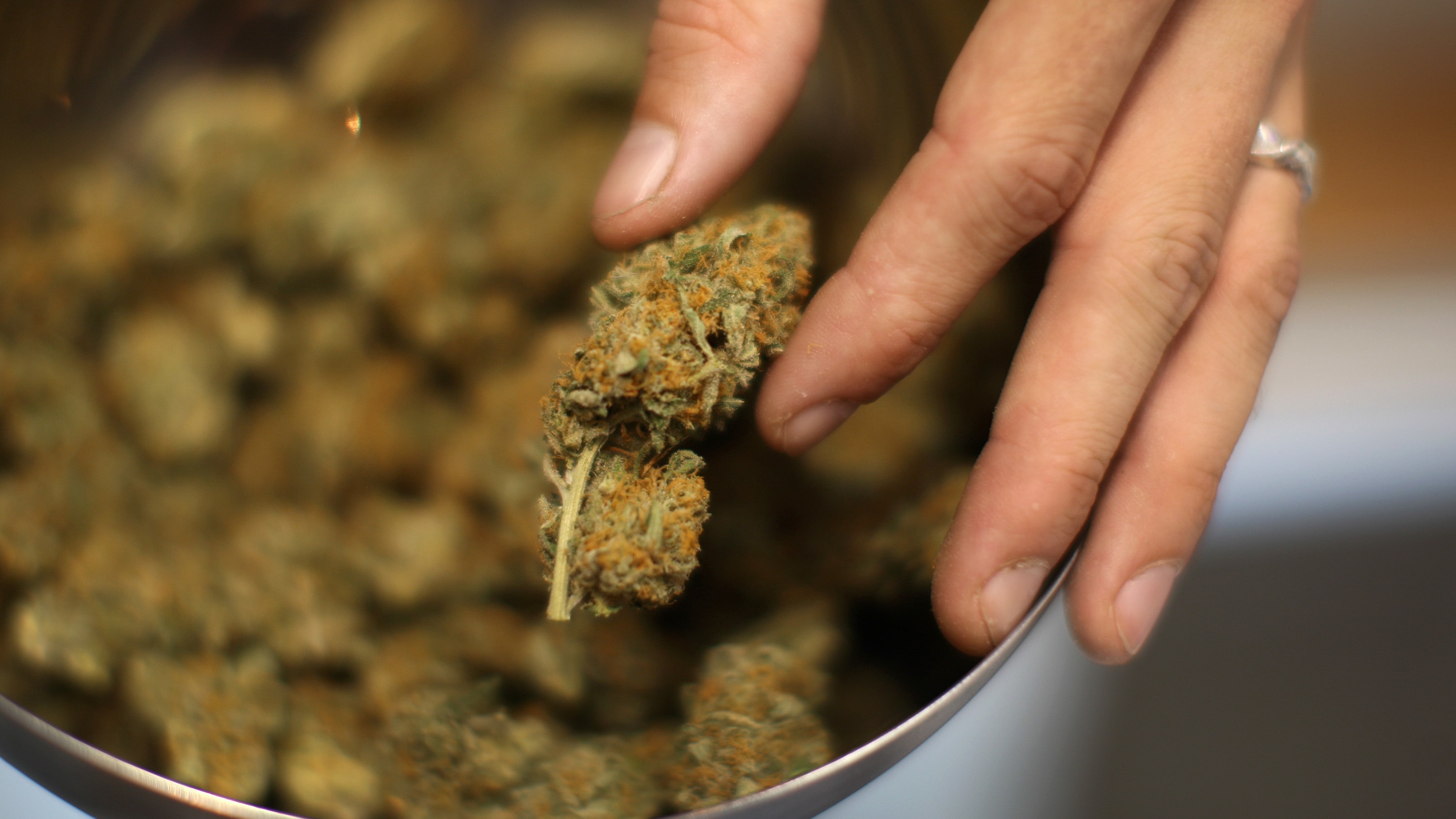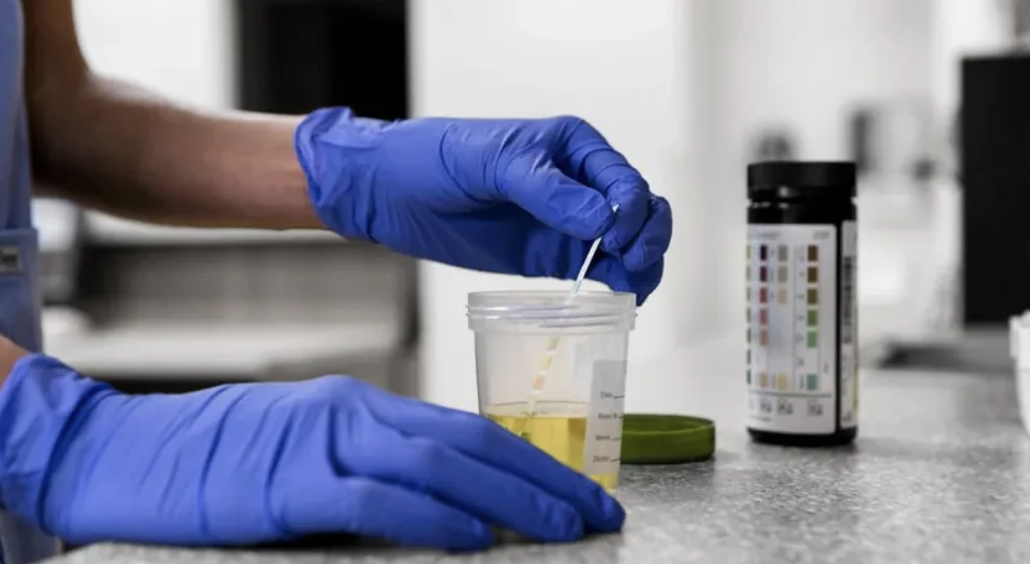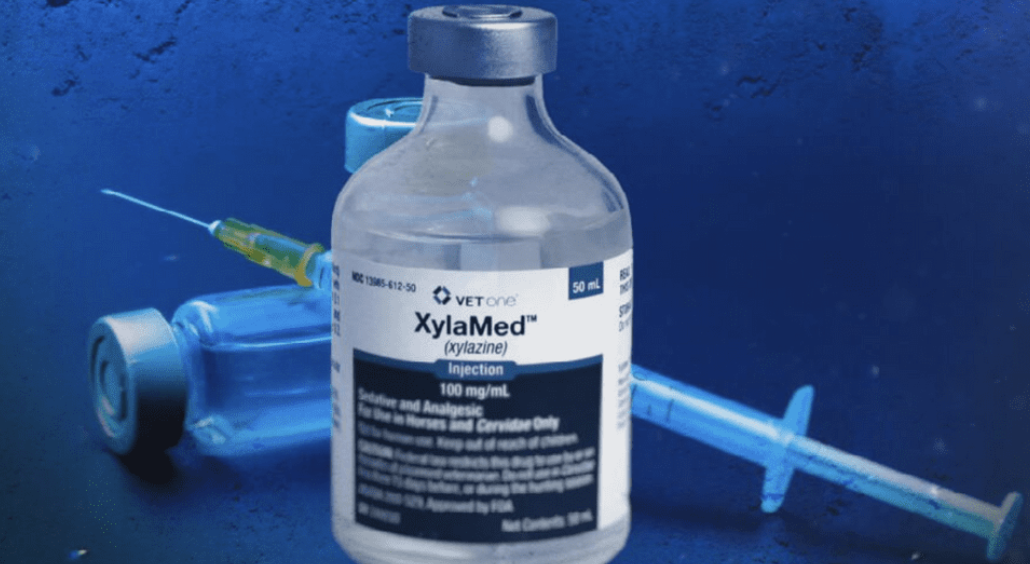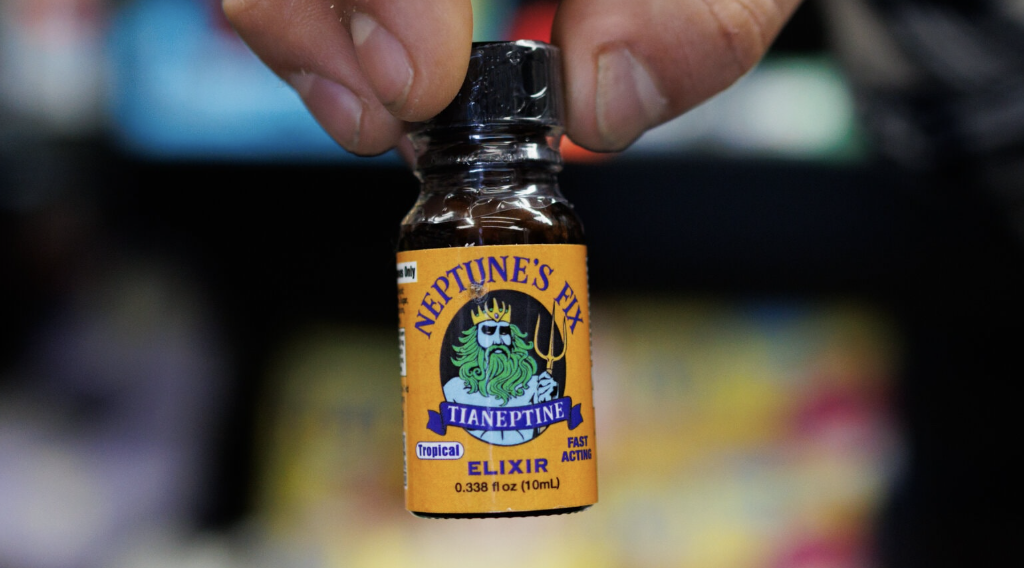Is using marijuana during opioid use disorder (OUD) treatment safe or effective? This question is crucial for many undergoing OUD treatment. While some believe marijuana use during OUD treatment can help manage symptoms, experts warn of potential risks and lack of evidence. This article explores the complex relationship between marijuana use during OUD treatment and OUD treatment, including the impacts on different therapies, potential benefits, and risks.
Key Takeaways
- Marijuana is generally not supported as a treatment for opioid use disorder (OUD), with guidelines from organizations like SAMHSA and NIDA discouraging its use due to insufficient evidence of benefits and potential risks.
- The effects of marijuana on OUD treatment outcomes vary by medication; while it may alleviate some withdrawal symptoms, it can also interfere with medication efficacy and increase the risk of relapse.
- Communication with healthcare providers is crucial for individuals considering marijuana use during OUD treatment to ensure safety, proper management of interactions with medications, and compliance with treatment plans.
Can you use marijuana during OUD treatment?
The question of whether marijuana can be used during treatment for opioid use disorder (OUD) is layered with complexity. While recent research indicates that marijuana is not an effective treatment for OUD, its use in conjunction with medications like Suboxone, methadone, and naltrexone remains a topic of active debate. According to the Substance Abuse and Mental Health Services Administration (SAMHSA) and the National Institute on Drug Abuse (NIDA), there is insufficient evidence to support the use of marijuana as a treatment for opioid addiction. These guidelines generally discourage the use of cannabis during OUD treatment due to potential risks and the lack of strong evidence for its benefits.
However, the landscape is not entirely black and white. Some treatment programs may tolerate marijuana use under specific circumstances, especially in states where medical marijuana is legal and for patients with medical authorization. The key is to maintain open communication with healthcare providers to ensure that any use of cannabis is managed safely and does not interfere with the effectiveness of the primary treatment regimen for OUD.

How marijuana affects OUD treatment outcomes
The impact of marijuana use on the outcomes of OUD treatment is multifaceted. Cannabis use may influence various aspects of treatment, including medication effectiveness, treatment retention, and relapse rates. For instance, the combination of cannabis and Suboxone can result in heightened blood concentrations of buprenorphine, potentially affecting treatment outcomes. Understanding these dynamics is crucial for tailoring effective treatment plans.
The interaction of marijuana with different medications used in medication-assisted treatment (MAT) for OUD, such as Suboxone, methadone, and naltrexone, varies. Each medication interacts differently with cannabis, making it vital to understand the distinctions between treatment options like naltrexone vs suboxone when considering marijuana use. Let’s explore these impacts in detail.
Impact on Suboxone (buprenorphine) treatment
Suboxone, a combination of buprenorphine and naloxone, is commonly used in opioid maintenance therapy. When cannabis is used alongside Suboxone, it can amplify the depressant effects on the central nervous system, which is a key concern when evaluating potential suboxone interactions. Additionally, regular cannabis use has been associated with an increased risk of opioid misuse among individuals being treated with Suboxone, likely due to lowered inhibitions, especially when considering the dose of buprenorphine and naloxone.
On the other hand, some individuals report that cannabis helps manage certain suboxone withdrawal symptoms and reduces cravings during treatment. However, the overall effectiveness of marijuana in treating opioid use disorder remains unsupported by robust research.
Personalized management and open discussions with healthcare providers are essential for safely integrating cannabis use into taking suboxone treatment plans.
Impact on methadone maintenance therapy
Methadone is another critical component of opioid maintenance therapy. Research indicates that cannabis use during methadone treatment is relatively common, especially during the induction phase. Some patients have reported that cannabis helps reduce opioid withdrawal symptoms during methadone stabilization, possibly making the transition smoother to treat opioid.
Interestingly, cannabis use does not appear to adversely affect the time required for dose stabilization in methadone patients. While some patients might benefit from reduced withdrawal symptoms, the combined psychoactive effects of methadone and cannabis could alter treatment experiences and potentially impact long-term outcomes.
Monitoring these interactions under doctor’s supervision by doctors is essential.
Impact on naltrexone-based treatment (Vivitrol)
Naltrexone, marketed as Vivitrol, is an opioid antagonist that blocks the effects of opioids. The use of cannabis during naltrexone treatment has shown mixed results. Some patients experience increased anxiety that can complicate their recovery. Moreover, cannabis use may interfere with the effectiveness of naltrexone by lowering a patient’s inhibitions, thereby increasing the likelihood of relapse.
However, naltrexone has also been shown to reduce the self-administration and positive subjective effects of cannabis, indicating its potential effectiveness in treating cannabis use disorder. The interaction between naltrexone and cannabis is complex and warrants careful consideration and monitoring by healthcare providers.

Is marijuana helpful or harmful during OUD recovery?
The debate over whether marijuana is helpful or harmful during OUD recovery is ongoing, with research yielding mixed results. On one hand, cannabis may assist in alleviating painful withdrawal symptoms associated with opioid use disorder, offering some relief during detoxification. On the other hand, there are potential drawbacks, such as impaired motivation and cognitive issues, which could hinder long-term recovery efforts.
Balancing these potential benefits and risks is key. Let’s delve into the specific pros and cons of marijuana use during OUD treatment.
Pros of marijuana use during treatment
There are several potential benefits of using marijuana during OUD treatment:
- Cannabis can serve as a harm reduction strategy, offering a safer alternative to opioids, which carry a higher risk of overdose.
- Marijuana may help manage opioid withdrawal symptoms, making the detoxification process more bearable.
- Some studies suggest that cannabinoids can produce synergistic effects with opioids, potentially enhancing pain relief when used together.
Cannabis use has also been associated with improved quality of life and fewer side effects compared to traditional opioid medications. Certain cannabinoids may possess properties that counteract cravings and reduce the likelihood of relapse in individuals with opioid use disorder.
Cons and risks of marijuana use during OUD treatment
Despite the potential benefits, there are significant risks associated with marijuana use during OUD treatment. For some individuals, marijuana can exacerbate withdrawal symptoms and contribute to the development of marijuana addiction, complicating the recovery process. Using marijuana during recovery can increase the risk of developing a dual substance use disorder, complicating the recovery process.
Moreover, the combination of marijuana and Suboxone can intensify the depressive effects on the central nervous system, leading to severe respiratory issues or even coma. These risks highlight the importance of careful consideration and medical supervision when contemplating cannabis use during OUD treatment.
Can marijuana be used as a harm-reduction strategy?
The concept of using marijuana as a harm reduction strategy in OUD treatment is gaining traction. In a study conducted in Vancouver, approximately 25% of participants reported using cannabis as a treatment to reduce harms associated with other substances, such as opioids, stimulants, heroin, and psychoactive substances. The primary reasons cited included its use as a substitute for stimulants and illicit opioids.
While some research suggests a potential negative correlation between access to cannabis and opioid-related fatalities, the risk of cross-dependence remains a concern. Balancing the benefits of reduced opioid use with the potential for developing a dependence on cannabis is crucial in harm reduction strategies.

What do treatment guidelines and rehab centers say?
Treatment guidelines and policies from rehabilitation centers vary widely regarding cannabis use during OUD treatment. Major organizations like SAMHSA and ASAM generally discourage marijuana use due to the lack of strong evidence supporting its benefits and the potential risks involved. However, individual rehab facilities may have different policies based on their treatment philosophies and local laws.
Understanding these guidelines and how they apply to specific treatment programs is essential for patients navigating OUD treatment. Let’s explore the policies of rehab programs and the concerns related to insurance and compliance.
Rehab program policies on cannabis use
Rehab facilities often have varying policies regarding cannabis use during treatment, reflecting differing philosophies on harm reduction. Some treatment programs may allow cannabis use under specific circumstances, particularly for patients with medical authorization. In states where medical marijuana is legal, some rehab programs might permit its use, while others maintain a strict no-cannabis policy.
Policies can also depend on the patient’s history and the presence of dual diagnoses involving mental health disorders. Patients need to understand the specific policies of their chosen rehab facility and how these may impact their treatment and recovery journey.
Insurance and compliance concerns
Cannabis use during OUD treatment can complicate insurance reimbursement and compliance documentation. Programs that permit cannabis usage might face challenges in securing insurance funding, complicating treatment reimbursement. Additionally, documenting compliance with treatment plans becomes more complex when cannabis use is involved, potentially impacting patient contracts and overall treatment outcomes.
Patients should discuss these concerns with their healthcare providers to ensure that their treatment plan is both effective and compliant with insurance requirements.
Does cannabis use increase relapse risk?
The relationship between cannabis use and relapse risk in OUD treatment is a critical area of study. Some research suggests that marijuana use can correlate with an increased risk of opioid relapse, particularly when used frequently or in high doses. The type of cannabis used, including its THC content, can also play a significant role in relapse risk.
Understanding these dynamics is vital for those in recovery and their healthcare providers. Careful monitoring and tailored treatment plans can help mitigate the risks associated with cannabis use during OUD recovery.
How does marijuana affect the brain during OUD recovery?
Cannabis impacts brain healing, dopamine regulation, and impulse control in patients recovering from opioid addiction. The endocannabinoid system, which interacts with the opioid system in the brain, plays a crucial role in reward and withdrawal experiences. Cannabinoids can help alleviate certain withdrawal symptoms, although their effects vary widely among individuals.
CB1 receptors, activated by cannabinoids like THC, are involved in the brain’s reward pathways and influence the addictive properties of opioids. While cannabis can reduce cravings for some, it also poses the risk of developing cannabis use disorder and complicating the recovery process.
Alternatives to marijuana for symptom relief during recovery
For those seeking symptom relief during OUD recovery, there are safer alternatives to marijuana:
- Cognitive Behavioral Therapy (CBT)
- Non-addictive medications
- Mindfulness practices
- Nutritional support These can effectively address sleep, anxiety, and pain without the risks associated with cannabis use.
These alternatives provide holistic support for recovery, helping individuals manage withdrawal symptoms and maintain long-term sobriety. Discussing these options with healthcare providers can lead to a more personalized and effective addiction medicine treatment plan.
Legal marijuana vs. medical guidelines: What takes precedence?
The conflict between state cannabis laws and medical guidelines for addiction recovery is a significant challenge. State marijuana policies vary widely, with different definitions and implementations of legalization and medical use. Federal law, which classifies marijuana as a Schedule I substance, complicates state-level legalization efforts.
Medical marijuana laws (MMLs) vary significantly across states, affecting access and usage patterns. Navigating these legal frameworks while adhering to medical cannabis best practices requires careful consideration and guidance from healthcare providers.
What should you tell your treatment provider?
Open communication with healthcare providers is essential for safe and effective OUD treatment. Patients should inform their providers about:
- All substances they are using, including marijuana, to ensure comprehensive treatment planning
- Past substance use history
- Mental health status
- Any side effects from medications
Discussing these topics can help tailor a more effective treatment strategy.
Patients should also share information about their support system and any social factors affecting their recovery. This transparency allows healthcare providers to offer better support and adjust treatment plans as needed.
Bottom Line: Marijuana use during OUD treatment
Navigating the use of marijuana during OUD treatment is a complex and individualized process. While cannabis may offer benefits such as reduced withdrawal symptoms and anxiety relief, it also poses significant risks, including the potential for cannabis use disorder and interaction with other medications. Understanding the specific impacts on treatments like Suboxone, methadone, and naltrexone is crucial for making informed decisions.
Ultimately, the key to successful OUD treatment lies in open communication with healthcare providers, adherence to medical guidelines, and a willingness to explore safer alternatives for symptom relief. By staying informed and proactive, individuals in recovery can better manage their journey towards long-term sobriety and improved quality of life.
FAQs about marijuana use during OUD treatment
Will using marijuana get me kicked out of treatment?
Using marijuana may lead to dismissal from treatment, depending on the policies of the treatment center. It is crucial to communicate openly with your treatment provider regarding your individual circumstances.
Is CBD allowed during OUD treatment?
CBD may be permitted during opioid use disorder (OUD) treatment, especially if prescribed for medical reasons; however, it is essential to consult with your healthcare provider about its use in your specific case.
Can marijuana help with opioid cravings?
Marijuana may help reduce opioid cravings and manage withdrawal symptoms, according to some studies. However, its effectiveness varies, and it should not be considered a primary treatment for opioid use disorder.
What should I do if I want to use marijuana for symptom relief?
It is essential to consult with your healthcare provider regarding your desire to use marijuana for symptom relief. They can guide you on the potential risks and benefits, ensuring its safe integration into your treatment plan.
Are there risks of developing a cannabis use disorder?
Yes, there is a risk of developing a cannabis use disorder, particularly with frequent or high-dose use, which can complicate recovery from other substance use disorders. Careful monitoring is essential to mitigate these risks.
















